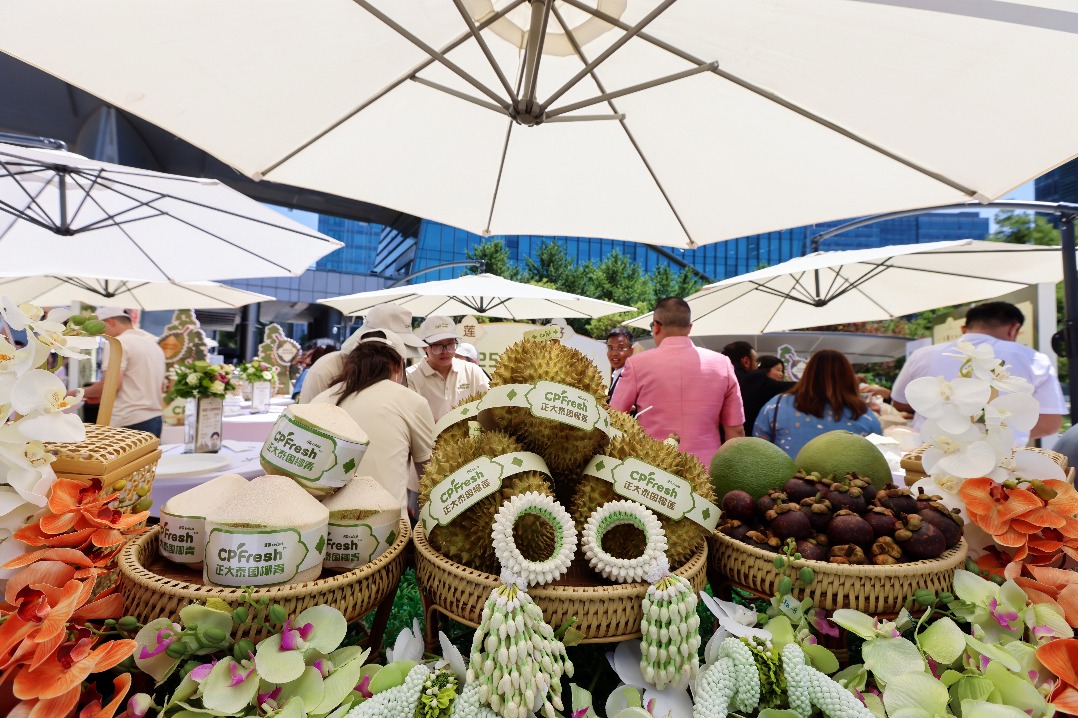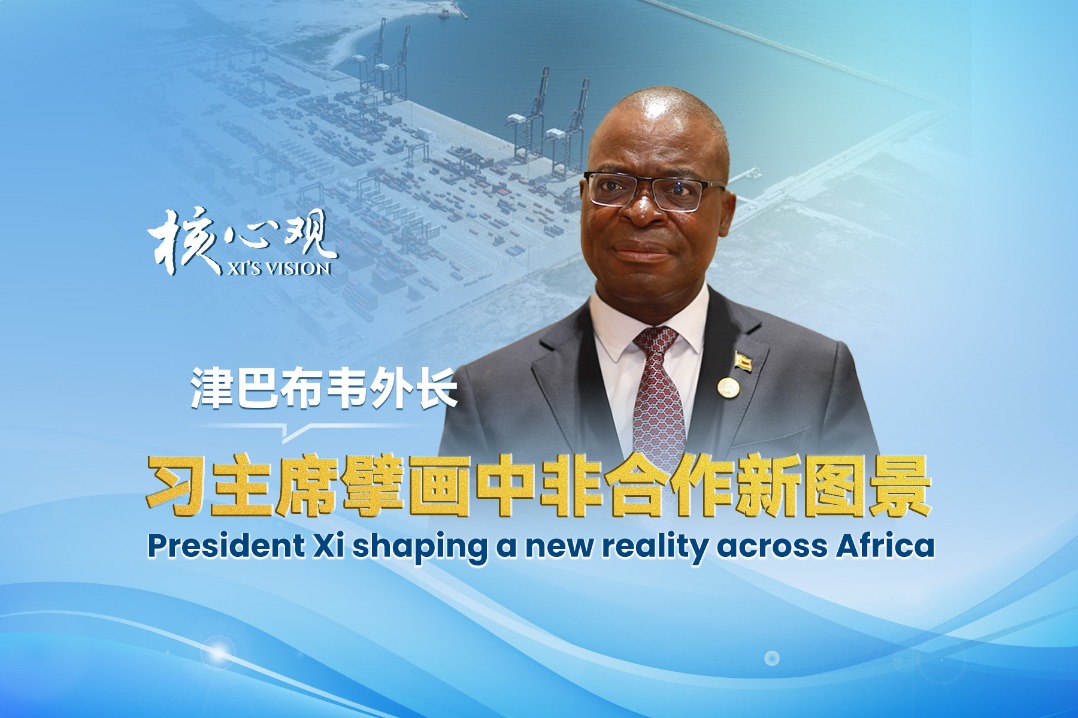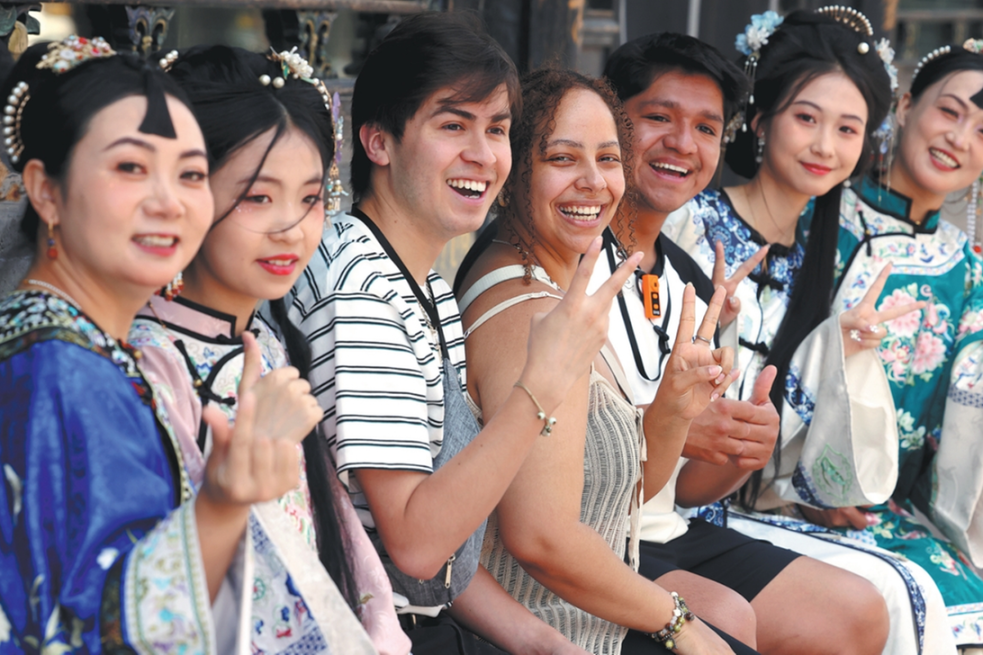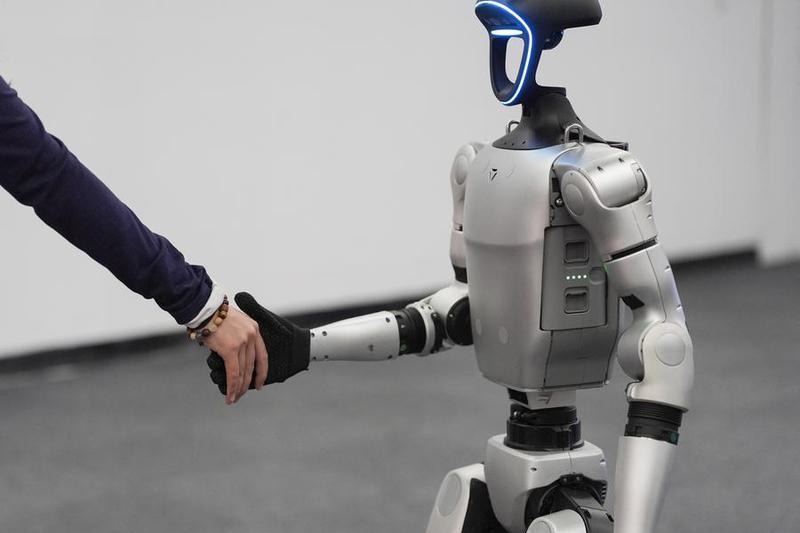BRI a story of commerce, connectivity and culture


The Belt and Road Initiative was first proposed by President Xi Jinping at the Nazarbayev University in Kazakhstan in September 2013. In November 2014, when our bank's vice-chairman was in town, a journalist from Hong Kong asked him his view on the BRI. With great humility, he turned and asked, "what is BRI?"
So much has changed since. In November 2017, Francis Yeoh, chairman of Malaysia-based YTL conglomerate gave a speech on the initiative at the Fortune 500 Forum. Yeoh compared the initiative with the Marshall Plan, where massive funds were set aside to rebuild Europe after World War II, with the focus on infrastructure. Granted, the analogy is far from perfect as the Marshall Plan was conceived immediately after WWII while the BRI has come up during peacetime. Yet, Yeoh's speech galvanized us all, builders, bankers, policymakers.
In 2019, Bruno Macaes, a geopolitical expert, published a book on the initiative, titled Belt and Road: A Chinese World Order. In it, a former Portugal writes that "the best image of the Belt and Road is not the trains crossing the Eurasia supercontinent, or the ports and industrial parks opening up along the way. It's the cities being built up from scratch. These are what will change the physical and human landscape of the planet, creating new ways of life, new ideas, new adventures". Stephen Green, former chairman of HSBC, recommends Macaes' book as "essential reading for us all."
Beijing celebrated the 10th anniversary of the initiative at the third Belt and Road Forum for International Cooperation on Oct 17 and 18. China Daily reported on the glowing benefits of the BRI, while SCMP and Lianhe Zaobao were more nuanced. The Western media were less generous. One (Financial Times) questioned the wisdom of the BRI's investments. Euronews alleged that the initiative's loans drive debt-ridden countries to bankruptcy. Whatever happened to balanced media coverage? The diametrically opposing reports reminded me of the old saying, "everyone did as he saw fit". But what is the truth?
BRI deserves better storytelling
The initiative deserves better storytelling. As a banker and a student of history, I would begin with the 3Cs — Commerce, Connectivity and Culture, no puns intended with gold, gospel and glory used in the 15th century Portugal. Commerce is a good place to start. Between 2013 and 2022, two-way investments between China and the Belt and Road countries topped $380 billion, of which, China's outbound direct investments exceeded $240 billion, benefitting 67,000 enterprises in the world. Chinese firms in the United States hire 89 percent of local employees, creating thousands of jobs, feeding millions of families. Using Nobel laureates Abhijit Banerjee and Esther Duflo's phrase, these are "good economics for hard times".
The second "C" — Connectivity. The Piraeus Port in Athens, the China-Laos Railway, the China-Kyrgyzstan-Uzbekistan Railway are some Belt and Road projects that connect cities and peoples. One cannot over-emphasize the importance of connectivity in facilitating commerce and cooperation. Aaron Friedberg, a Princeton University professor who believes that China and the US are contesting for supremacy over Asia, highlights the power of the initiative's connectivity in this manner, "depending on which ones (countries) are included, these countries may already comprise close to two-thirds of the world's people and nearly one-third of its total GDP".
Kishore Mahbubani, founding dean of Lee Kuan Yew School of Public Policy, urges Europe to partner China in developing African infrastructure. In his book, "Has China Won?" (2020), Mahbubani argues, "the most sensible thing for European leaders to do is to join, en masse, the next high-level meeting of Chinese and African leaders in Beijing. A massive turnout of European leaders at such summit would send a powerful market signal. It could catalyze a powerful wave of new investments in Africa. Over time, with a strong African economy, there will be less incentive for widespread African migration to Europe".
Cultural aspects equally important
Finally, the third "C", the cultural aspects. Compared with commerce and connectivity, culture leaves lasting impacts. Quoting from George Yeo, former Singaporean foreign minister (2004-11), in his speech entitled "China in Europe's Future and Europe in China's Future" delivered in May this year, "culture touches people deeply. They will forget everything else, but they will not forget how you treat them in their identity."
The accounts of Zhang Qian, a political envoy who went as far as Central Asia during the Western Han Dynasty (206 BC-AD 24), are well known, but stories of legendary characters such as Fa Xian, Xuan Zang, Alopen Abraham and Zheng He are more delightful.
Since the Qin Dynasty (221-206 BC), silk was widely used throughout the Roman Empire, both as a luxury product and as currency to pay troops. In his book The Silk Roads: A New History of the World, Oxford historian Peter Frankopan writes that Seneca, the Roman statesman, was horrified by the popularity of Chinese silk, arguing "silk garments could barely be called clothing given they hid neither the curves nor the decency of the ladies of Rome. The very foundation of marital relations was being undermined". Despite Seneca's warnings, silk merchants won the day.
Fa Xia, a Chinese Buddhist monk, whose pilgrimage to India in the early fifth century initiated Sino-Indian relations, translated many sutras into Chinese, spreading Buddhism. Xuan Zang, a famous Buddhist monk in the Tang Dynasty (618-907), traveled to India despite travel ban. Upon his return to Chang'an, Xuan Zang documented his sojourn in a historic travelogue, Da-Tang Xiyu Ji (Great Tang Records on the Western Region), detailing the geography, economic activities and climate.
And in the past years, Chinese leaders and Indian leaders visited each other's hometowns and enhanced understanding about exchanges between civilizations.
To conclude, how does one see the Belt and Road Initiative? This is the answer of Zambian President Hakainde Hilchilema in his interview with CGTN in September, "who would not want to be part of the global civilization? Who would not want to uplift his own people from poverty? Who would not want to help their women who walk 5 kilometers for water every day? Who would not want to be part of this great story?"
The author is the general manager of a foreign bank based in Guangzhou.
The views don't necessarily represent those of China Daily.
































